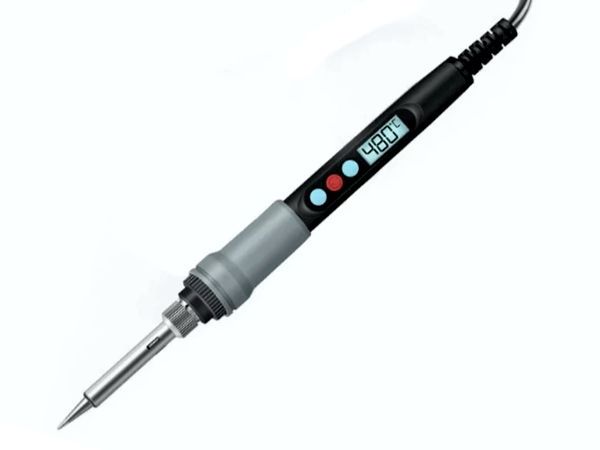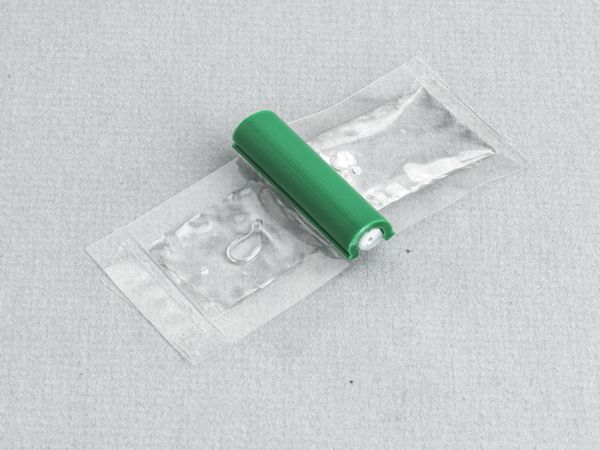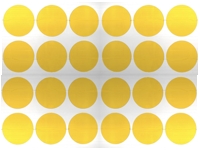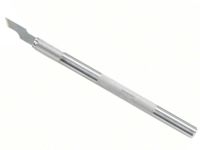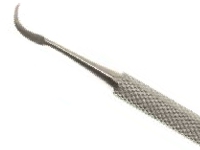|
Outline
This method is used to change a circuit path at a BGA site for engineering changes or modifications.
|
||||||||||||||||||||||||||||||||||||||||||||||||
|
Procedure
Procedure
Evaluation
|
||||||||||||||||||||||||||||||||||||||||||||||||
Images and Figures
Jumper Wires, BGA Components, Circuit Track Method
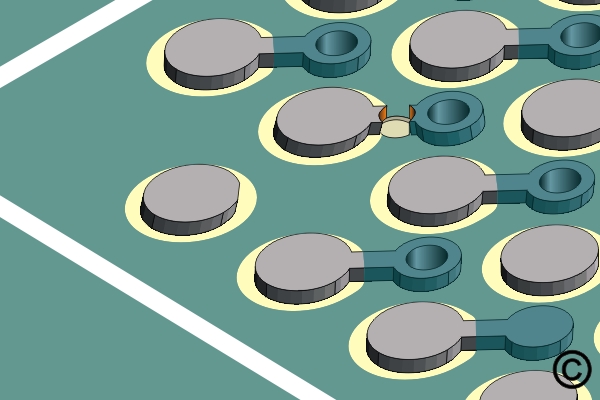
Figure 1. Cut the connection to the via using a Precision Drill System.
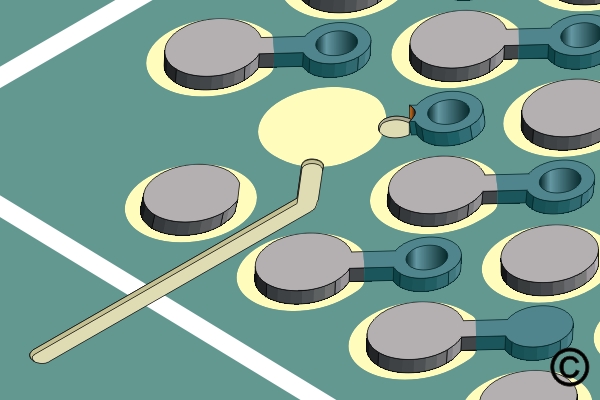
Figure 2. Remove the BGA pad and mill a shallow channel into the solder mask surface.
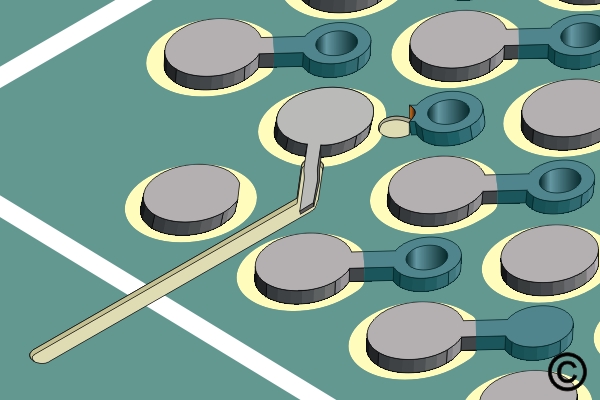
Figure 3. Bond a new BGA pad in place.
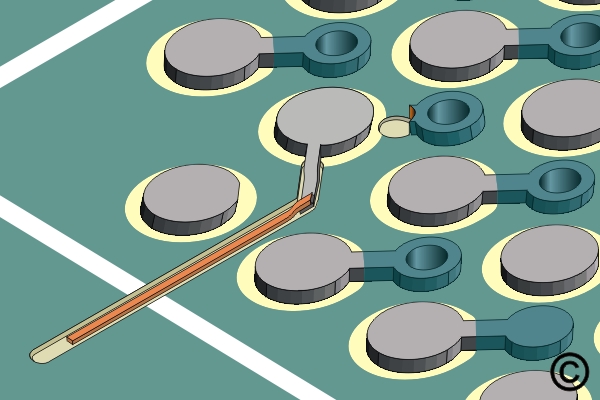
Figure 4. Solder a copper circuit track to the tail extending from the new BGA pad

Figure 5. Solder a wire to the Circuit Track and overcoat with epoxy.
|
||||||||||||||||||||||||||||||||||||||||||||||||
6.2.1 Jumper Wires, BGA Components, Circuit Track Method
Procedure covers methods for using circuit tracks at BGA locations on circuit board assemblies.
Minimum Skill Level: Expert
Conformance Level: Medium
REQUEST FOR QUOTE GUIDES INDEX

Jumper Wires, BGA Components, Circuit Track Method

Cut the connection to the via using a Precision Drill System.

Remove the BGA pad and mill a shallow channel into the solder mask surface.

Bond a new BGA pad in place.

Solder a copper circuit track to the tail extending from the new BGA pad

Solder a wire to the Circuit Track and overcoat with epoxy.
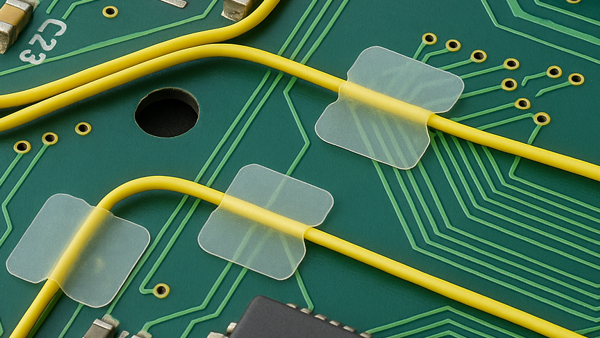
Wire Dots are a thin, flexible polymer film coated on one side with a high-performance, electronics grade permanent pressure-sensitive adhesive.
LEARN MORE
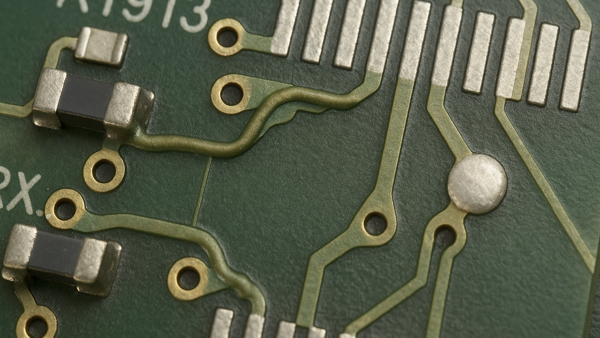
We're here to help with ECO rework, jumper wire adds, circuit cuts, and various complex modifications.
LEARN MORE
SLIDESHOW STARTING
❮
❯

